Home>Garden Essentials>How Do Seeds Sprout
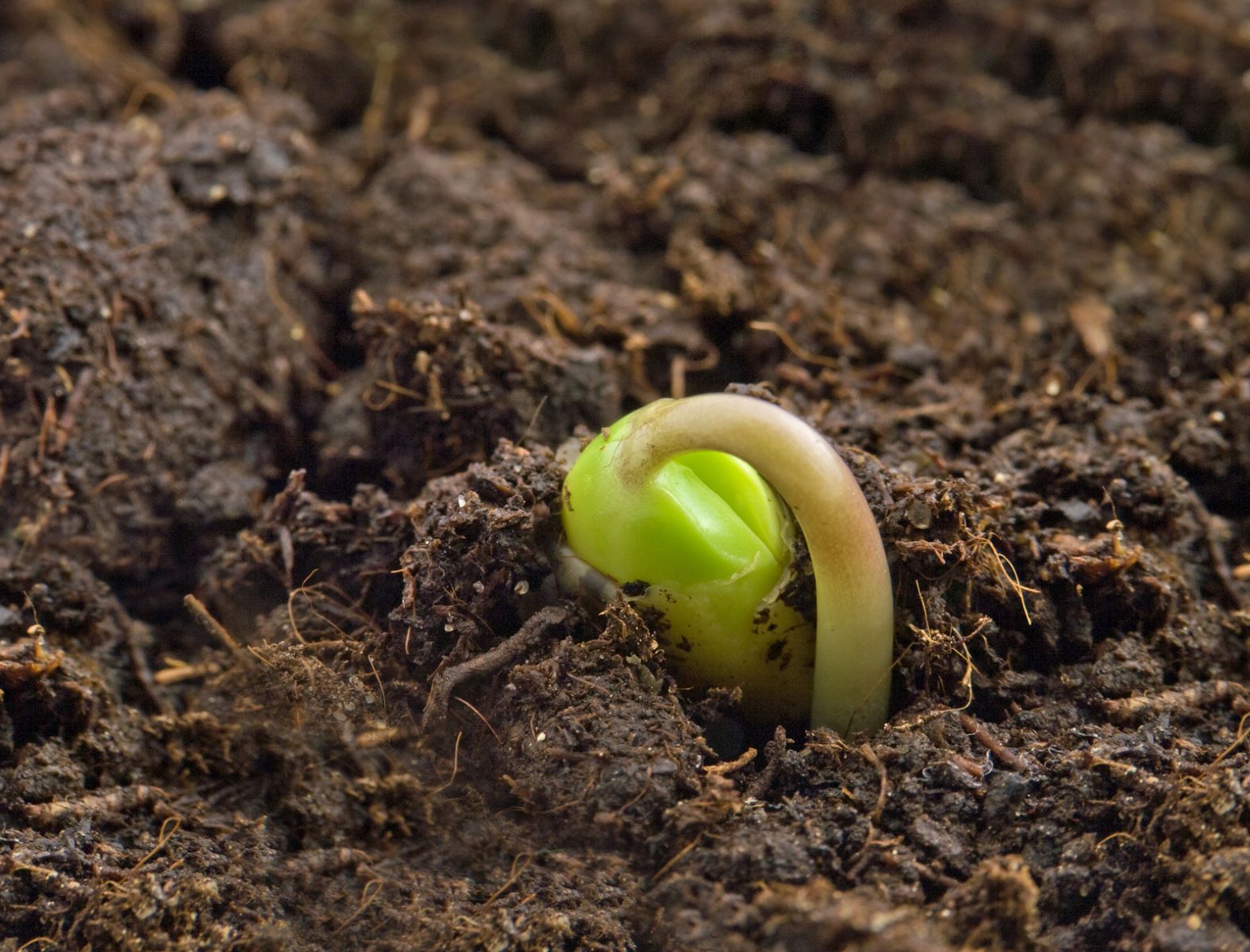

Garden Essentials
How Do Seeds Sprout
Modified: March 24, 2024
Discover the fascinating process of seed sprouting in your garden! Learn how seeds germinate and transform into thriving plants with our comprehensive guide.
(Many of the links in this article redirect to a specific reviewed product. Your purchase of these products through affiliate links helps to generate commission for Storables.com, at no extra cost. Learn more)
Introduction
Have you ever wondered how a tiny seed can transform into a majestic plant? The process of seed sprouting is a fascinating phenomenon that showcases the wonders of nature’s life cycle. From the moment a seed is planted in the soil to the emergence of the first tiny shoot, there are several factors at play that determine the success of germination.
In this article, we will delve into the intricate process of seed sprouting, exploring the external and internal factors that influence germination. We will unravel the role of water, temperature, and light in providing the ideal conditions for seeds to burst open and begin their journey towards becoming thriving plants.
But first, let’s understand what exactly seeds are and how they hold the key to life.
Key Takeaways:
- Seeds need water, warmth, and light to sprout. Just like people, they have specific needs to grow and thrive.
- Understanding the factors that influence seed germination helps gardeners create the perfect conditions for successful plant growth. It’s like giving seeds a recipe for success!
What are seeds?
Seeds are remarkable structures that carry the potential to give birth to new plants. They are the result of the fertilization process in flowering plants, where the male pollen grains meet the female reproductive organs. Once fertilized, seeds develop within the protective covering of a fruit or pod.
Seeds come in various shapes, sizes, and formations, depending on the type of plant they originate from. Some seeds are tiny, like those of orchids, while others, like the coconut, are large and hardy. Regardless of their size, seeds possess three main parts: the embryo, endosperm, and seed coat.
The embryo is the young plant in its earliest form. It contains the tiny shoot, called the plumule, which will grow into the stem and leaves, as well as the radicle, which will become the root system. The endosperm is a nutrient-rich tissue that provides nourishment to the developing embryo. Lastly, the seed coat, or the outer shell, protects the embryo and its food source.
Seeds have remarkable abilities to withstand harsh conditions and remain dormant until the right conditions for germination arise. This dormancy allows seeds to survive through adverse weather, dry spells, and even long periods of time, patiently waiting for the perfect moment to sprout and grow into a new plant.
Now that we understand the basic anatomy of seeds, let’s explore the complex germination process that leads to their transformation into plants.
The germination process
The germination process is the series of events that occurs when a seed begins to grow into a new plant. It is a carefully orchestrated sequence of biochemical and physiological changes that mark the awakening of life within the seed.
The first step in germination is the absorption of water by the seed. This triggers a rehydration process, causing the seed to swell and weaken the seed coat. As a result, enzymes and hormones within the seed become activated, initiating the breakdown of stored food reserves.
Next, the initial root, known as the radicle, emerges from the seed and anchors itself into the soil. The radicle absorbs water and nutrients from the soil, providing sustenance for the growing plant. Simultaneously, the embryonic shoot, or plumule, pushes through the soil surface and unfolds its first leaves towards the sunlight.
As the shoot grows upwards and the roots grow downwards, the plant undergoes photosynthesis to produce energy. This process involves the green pigment, chlorophyll, capturing sunlight and converting it into chemical energy. The energy produced fuels the growth and development of the plant, allowing it to establish itself in its environment.
The germination process is influenced by various external and internal factors, which we will explore further in the next sections. These factors, such as water, temperature, and light, play crucial roles in determining the success of seed germination.
Now that we have a general understanding of the germination process, let’s dive deeper into the external factors that affect seed sprouting.
External factors affecting seed germination
Seed germination is greatly influenced by external factors in the surrounding environment. These factors can either promote or hinder the process of seed sprouting, ultimately determining the success of germination. Here are some of the key external factors that affect seed germination:
1. Water:
Water is an essential requirement for seed germination. Adequate moisture in the soil triggers the rehydration process, activating enzymes and breaking seed dormancy. Water also softens the seed coat, allowing the embryo to emerge. However, excessive water can lead to rotting and fungal growth, impeding germination. Seeds need a balance of moisture to achieve successful sprouting.
Read more: How Long Do Avocado Seeds Take To Sprout
2. Temperature:
Temperature plays a vital role in seed germination. Different plant species have specific temperature ranges at which their seeds germinate optimally. Generally, warm temperatures stimulate faster germination, while cold temperatures can delay or inhibit the process. Seeds of temperate plants require a period of cold temperatures, called stratification, to break dormancy and initiate germination.
3. Light:
Light is another external factor that affects seed germination. Certain seeds require exposure to light to initiate germination, while others require darkness. This adaptation ensures that seeds sprout at the appropriate depth in the soil and receive the necessary light conditions for growth. Light also triggers the development of chlorophyll, enabling photosynthesis and the production of energy for the growing plant.
4. Oxygen:
Oxygen is vital for the metabolic processes involved in seed germination. Seeds respire during germination, consuming oxygen and releasing carbon dioxide. Proper soil aeration allows for the exchange of gases, ensuring a sufficient supply of oxygen for seed germination. Poor soil compaction or waterlogging can limit the availability of oxygen, hindering the germination process.
By understanding and optimizing these external factors, gardeners and plant enthusiasts can create the ideal conditions for successful seed germination. Next, let’s explore the internal factors that influence the sprouting of seeds.
Internal factors affecting seed germination
While external factors play a crucial role in seed germination, internal factors within the seed itself also contribute significantly to the process. These internal factors are inherent characteristics of the seed that determine its ability to sprout and grow into a new plant. Here are some key internal factors affecting seed germination:
Read more: How Long For Seeds To Sprout
1. Genetic factors:
Each plant species has its own unique genetic makeup, which influences the germination process. Genetic factors determine the dormancy period of the seed, the ideal environmental conditions for germination, and the overall vigor of the plant. Some seeds have built-in mechanisms that delay germination until specific cues, such as light or temperature, are met.
2. Seed age and quality:
The age and quality of the seed can impact its germination potential. Fresh, high-quality seeds often have higher germination rates compared to older or low-quality seeds. Over time, seed viability decreases, diminishing the chances of successful germination. It is crucial to store seeds properly and use them within their recommended viability period to maximize germination success.
3. Dormancy mechanisms:
Seeds can enter a dormant state, where they remain inactive until specific conditions are met. Dormancy is a protective mechanism that allows seeds to survive periods of stress or unfavorable environments. There are various types of dormancy, such as seed coat dormancy, which requires mechanical scarification or exposure to specific temperatures to break. Internal factors within the seed trigger and regulate dormancy release and subsequent germination.
4. Nutrient reserves:
Seeds store essential nutrients within themselves to sustain the initial growth of the emerging seedling. These nutrient reserves, primarily found in the endosperm or cotyledons, provide energy and nourishment for the developing plant until it can photosynthesize and produce its own food. The size and quality of the nutrient reserves affect the initial growth and establishment of the plant.
Understanding these internal factors helps gardeners and plant enthusiasts to select and prepare seeds for optimal germination. By considering the genetic factors, seed quality, dormancy mechanisms, and nutrient reserves, one can improve the chances of successful seed sprouting.
Next, let’s explore the specific roles of water, temperature, and light in the seed germination process.
Read more: How To Sprout Onion Seeds
The role of water in seed sprouting
Water is a vital component for seed germination, playing a crucial role in triggering the rehydration process and initiating the sprouting of the embryo. Without sufficient water, seeds remain in a state of dormancy, unable to commence their journey towards becoming a thriving plant. Here’s a closer look at the role of water in seed sprouting:
1. Rehydration:
Seeds are designed to conserve moisture and remain in a dormant state until conditions are favorable for germination. When water penetrates the seed coat, it activates enzymes within the seed that promote metabolic activities. This metabolic activity leads to the breakdown of stored food reserves and the production of energy required for seed germination.
2. Seed coat rupture:
As the seed absorbs water, it swells, exerting pressure on the seed coat. This pressure weakens the protective covering, allowing the emerging radicle (initial root) and plumule (embryonic shoot) to break through the seed coat. Once the seed coat ruptures, the seedling can emerge and establish itself in the surrounding soil.
3. Nutrient uptake:
Water plays a crucial role in the uptake of nutrients by the germinating seed. It dissolves minerals and nutrients present in the soil, making them available for absorption by the developing root system. The absorbed nutrients are then transported to the growing seedling, supporting its early growth and development.
Read more: What Are Sprouting Seeds
4. Metabolism and growth:
Water is essential for various metabolic processes in the germinating seed. It facilitates the conversion of stored carbohydrates into energy for growth. Water also ensures the proper functioning of enzymes responsible for the breakdown of nutrients and the synthesis of proteins required for cell division and expansion. Adequate moisture allows for the elongation of the emerging radicle and plumule, allowing the seedling to push through the soil surface.
It is important to note that while water is essential for seed germination, excessive water can also be detrimental. The balance of moisture is crucial, as waterlogged conditions can lead to rotting and the development of fungal diseases that can hinder germination and seedling establishment.
Understanding the role of water in seed sprouting helps gardeners and growers provide the right moisture conditions for successful germination. By ensuring that seeds receive adequate hydration, it becomes possible to kickstart the transformation of seeds into vibrant, thriving plants.
Next, let’s explore the role of temperature in seed sprouting.
The role of temperature in seed sprouting
Temperature is a critical factor that influences seed germination. Each plant species has its own specific temperature range at which seeds germinate optimally. Understanding the role of temperature and providing the right conditions can greatly enhance the success of seed sprouting. Here’s a closer look at the role of temperature in seed sprouting:
1. Activation of enzymes:
Temperature plays a crucial role in activating enzymes within the seed that initiate metabolic processes required for germination. As the temperature increases, enzyme activity accelerates, leading to the breakdown of stored food reserves and the production of energy necessary for seed sprouting. These enzymes also help in softening the seed coat, allowing the emerging embryo to break through and establish contact with the surrounding soil.
2. Dormancy breaking:
Many seeds have built-in dormancy mechanisms that prevent them from germinating prematurely. Temperature fluctuations can trigger the release of dormancy and promote germination. For example, seeds of some temperate plants require a period of cold temperatures, known as stratification, to break dormancy and initiate germination. In contrast, warm temperatures can stimulate faster germination in many tropical plant species.
Read more: How Long For Parsley Seeds To Sprout
3. Germination speed:
Temperature influences the speed at which seeds germinate. Generally, warm temperatures promote faster germination rates, while cooler temperatures can delay or inhibit the process. Seeds of different plant species have specific optimal temperature ranges for germination. Providing the appropriate temperature conditions for the specific seeds being grown can ensure timely and efficient seed sprouting.
4. Seedling growth and development:
Temperature also affects the growth and development of seedlings after germination. Once the germinated seedling emerges from the soil, it requires the right temperature conditions to establish itself and continue its growth. The appropriate temperature range allows for the proper functioning of metabolic processes, nutrient uptake, and the development of healthy leaves, stems, and roots.
It is important to note that extreme temperatures, either too high or too low, can be detrimental to seed germination. Very high temperatures can lead to the denaturation of enzymes and cause damage to the developing seedlings. On the other hand, extremely low temperatures can inhibit metabolic activities and delay germination.
By understanding the role of temperature in seed sprouting and providing suitable temperature conditions, gardeners and growers can optimize the germination process and promote healthy seedling growth.
Next, let’s explore the role of light in seed sprouting.
The role of light in seed sprouting
Light is a crucial external factor that influences the germination of certain seeds. While not all seeds require light for sprouting, the role of light in seed germination is essential for specific plant species. Light serves as a signal for seeds to determine their appropriate depth and helps in the development of chlorophyll for photosynthesis. Here’s a closer look at the role of light in seed sprouting:
1. Photomorphogenesis:
Photomorphogenesis is the process by which light affects the growth and development of plants. Seeds that require light for germination undergo photomorphogenesis when exposed to specific light wavelengths. Light acts as a signal, indicating to the seed that it has reached the appropriate depth in the soil and is ready to sprout. It also triggers various physiological responses, such as the elongation of stems and the expansion of leaves.
Read more: How To Make Seed Potatoes Sprout
2. Germination cue:
For some seeds, exposure to light is necessary to initiate the germination process. These light-dependent seeds have a specific requirement for light to break dormancy and commence sprouting. Without light, these seeds remain dormant, unable to transition into active growth. Common examples of seeds that require light for germination include lettuce, petunias, and snapdragons.
3. Chlorophyll production:
Light is essential for the production of chlorophyll, the pigment that gives plants their green color and enables photosynthesis. Seeds that require light for germination need to produce chlorophyll to carry out photosynthesis and produce the energy necessary for growth. Once these seeds receive sufficient light, chlorophyll synthesis begins, enabling them to generate energy and support their own growth.
4. Photoperiodism:
Photoperiodism refers to the response of plants to the duration of light and darkness in a 24-hour period. Day-neutral plants, such as tomatoes and corn, do not rely on day-length for germination. However, some plant species have specific requirements for day length to initiate germination. For example, long-day plants require longer periods of light, while short-day plants require shorter periods of light to trigger germination.
It is important to note that not all seeds require light for germination. Some seeds, known as light-sensitive or light-intolerant seeds, actually require darkness to break dormancy and sprout. These seeds germinate most effectively when shielded from light.
By understanding the role of light in seed sprouting, gardeners can provide appropriate lighting conditions for seeds that require it. By ensuring the right exposure to light, seeds can undergo photomorphogenesis, produce chlorophyll, and successfully germinate.
Now that we have explored the roles of water, temperature, and light in seed sprouting, let’s summarize the key points before concluding.
Conclusion
The process of seed sprouting is a remarkable journey that showcases the wonders of nature’s life cycle. Seeds hold the potential to transform into vibrant and thriving plants, contributing to the beauty and diversity of our gardens and landscapes. Understanding the factors that influence seed germination is essential for successful plant propagation and gardening endeavors.
We’ve explored the external factors that affect seed germination, such as water, temperature, light, and oxygen. These factors play critical roles in providing the ideal conditions for seeds to break dormancy and initiate sprouting. Adequate moisture, optimal temperature ranges, appropriate lighting conditions, and sufficient oxygen availability are necessary for successful seed germination.
Additionally, internal factors such as genetics, seed quality, dormancy mechanisms, and nutrient reserves within the seed itself influence germination. The quality and viability of seeds, along with their unique genetic makeup and dormancy characteristics, contribute to their ability to sprout and grow into healthy plants.
Water, one of the most crucial external factors, plays a vital role in seed sprouting by triggering rehydration, facilitating nutrient uptake, and enabling metabolic processes. Temperature governs enzyme activation, dormancy release, and overall germination speed, while light serves as a signal for certain seeds to emerge from dormancy, allowing for photomorphogenesis and chlorophyll production.
By understanding and optimizing these factors, gardeners, growers, and plant enthusiasts can improve the success rates of seed germination and ensure the healthy growth and development of seedlings. The careful consideration of water, temperature, light, and other relevant factors lays the foundation for thriving gardens and robust plant populations.
So, the next time you plant a tiny seed, remember the remarkable journey it goes through from dormancy to sprouting. Appreciate the intricate balance of external and internal factors that determine its fate and take joy in witnessing the transformation of a seed into a magnificent plant.
Frequently Asked Questions about How Do Seeds Sprout
Was this page helpful?
At Storables.com, we guarantee accurate and reliable information. Our content, validated by Expert Board Contributors, is crafted following stringent Editorial Policies. We're committed to providing you with well-researched, expert-backed insights for all your informational needs.
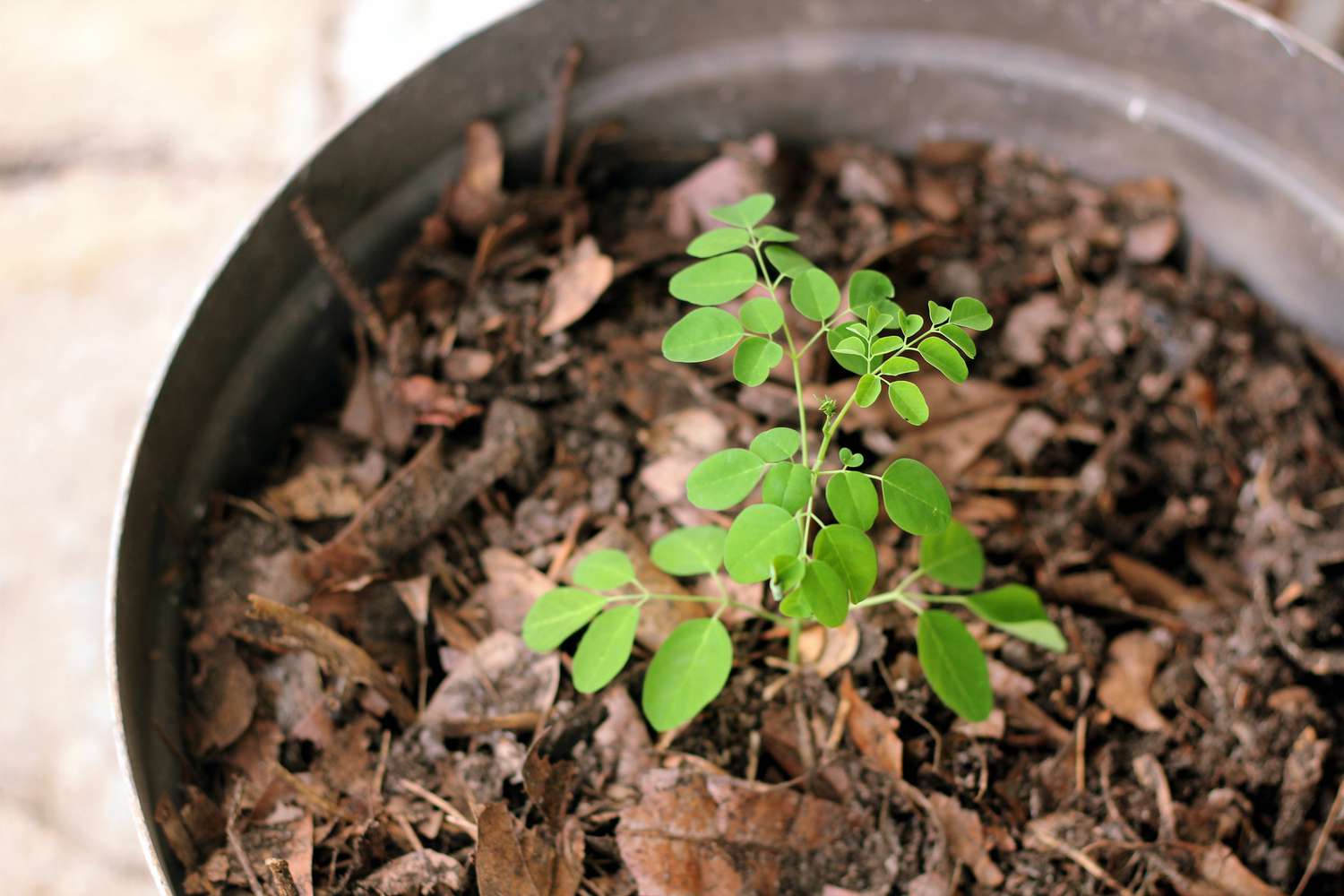
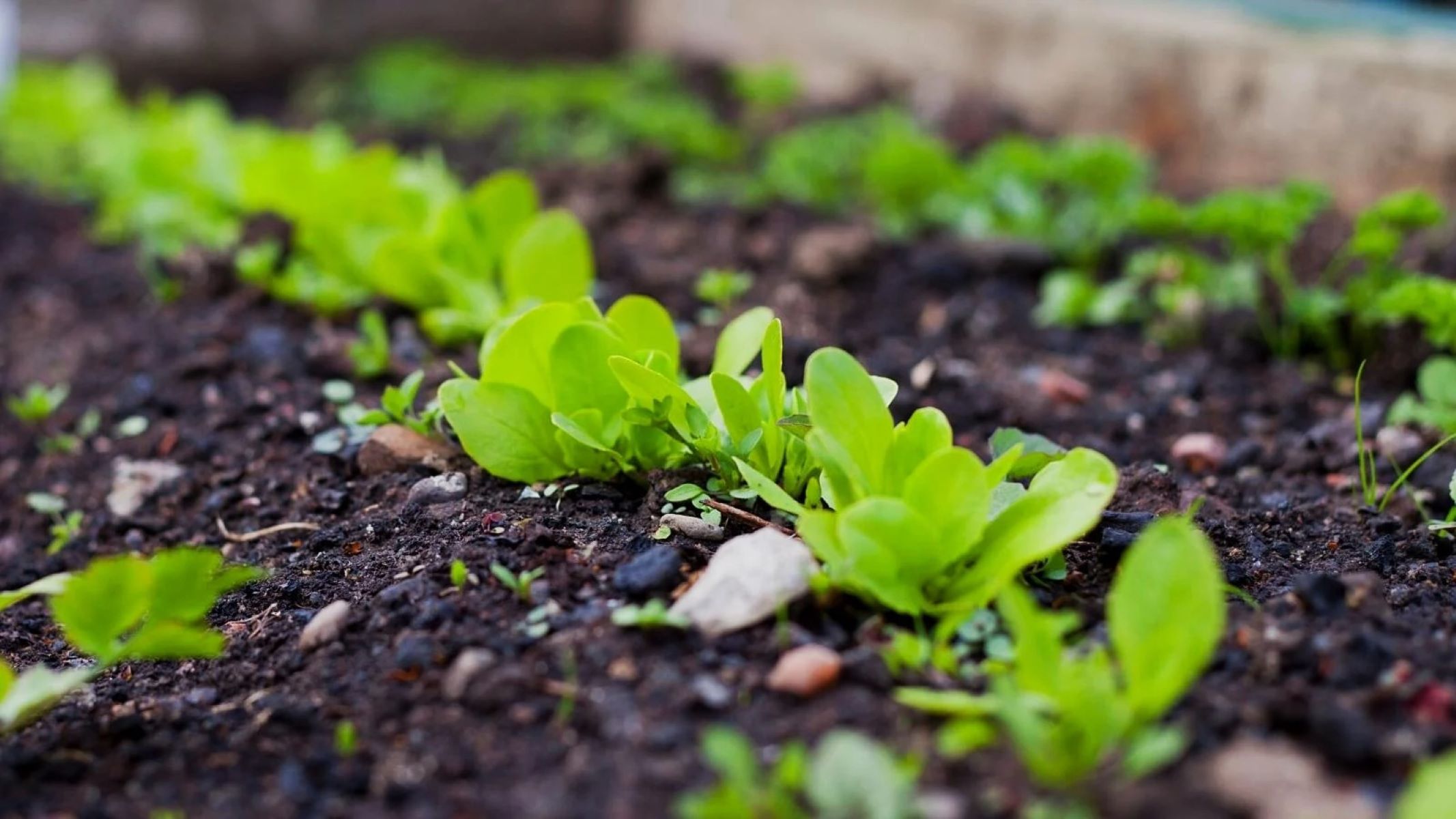
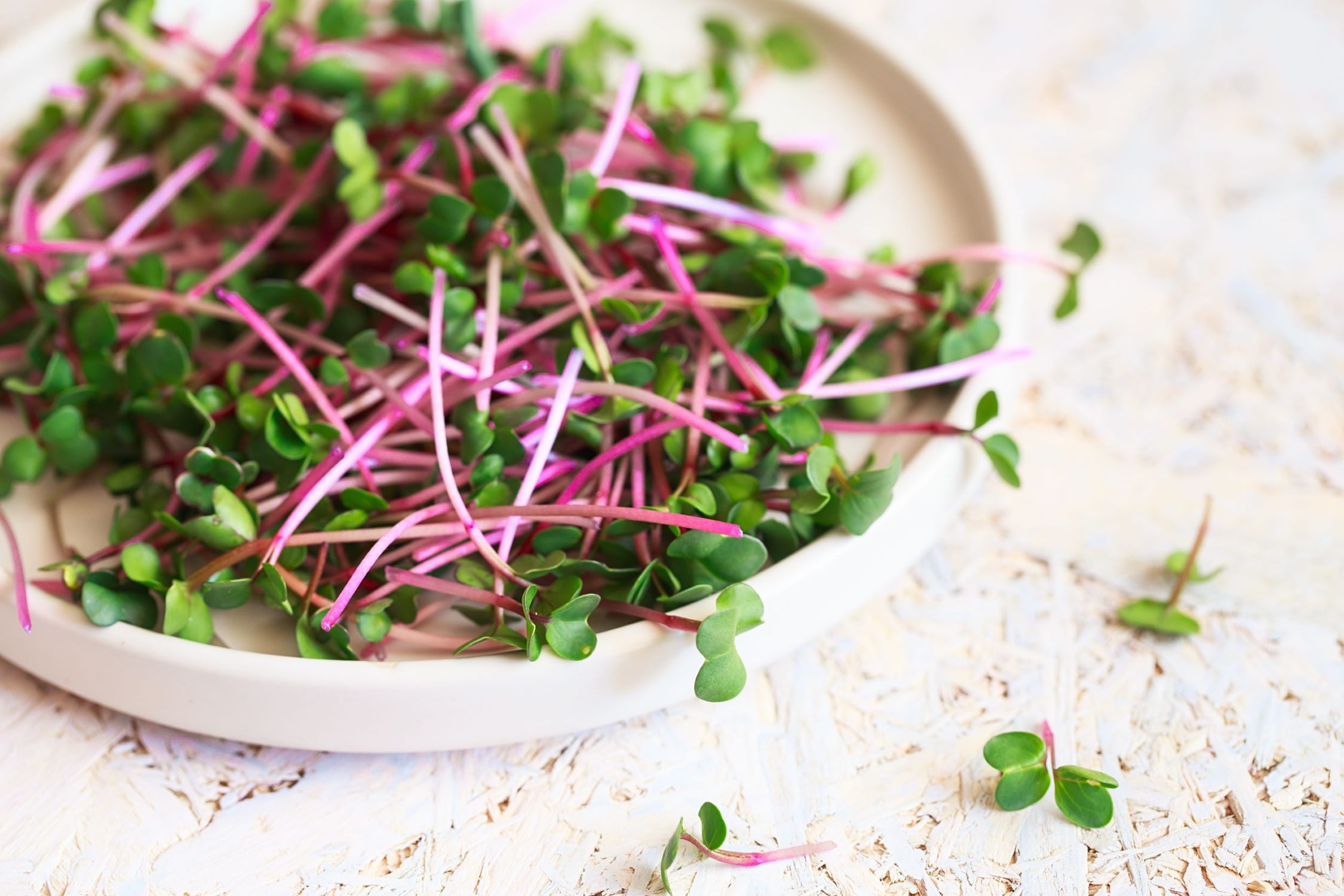
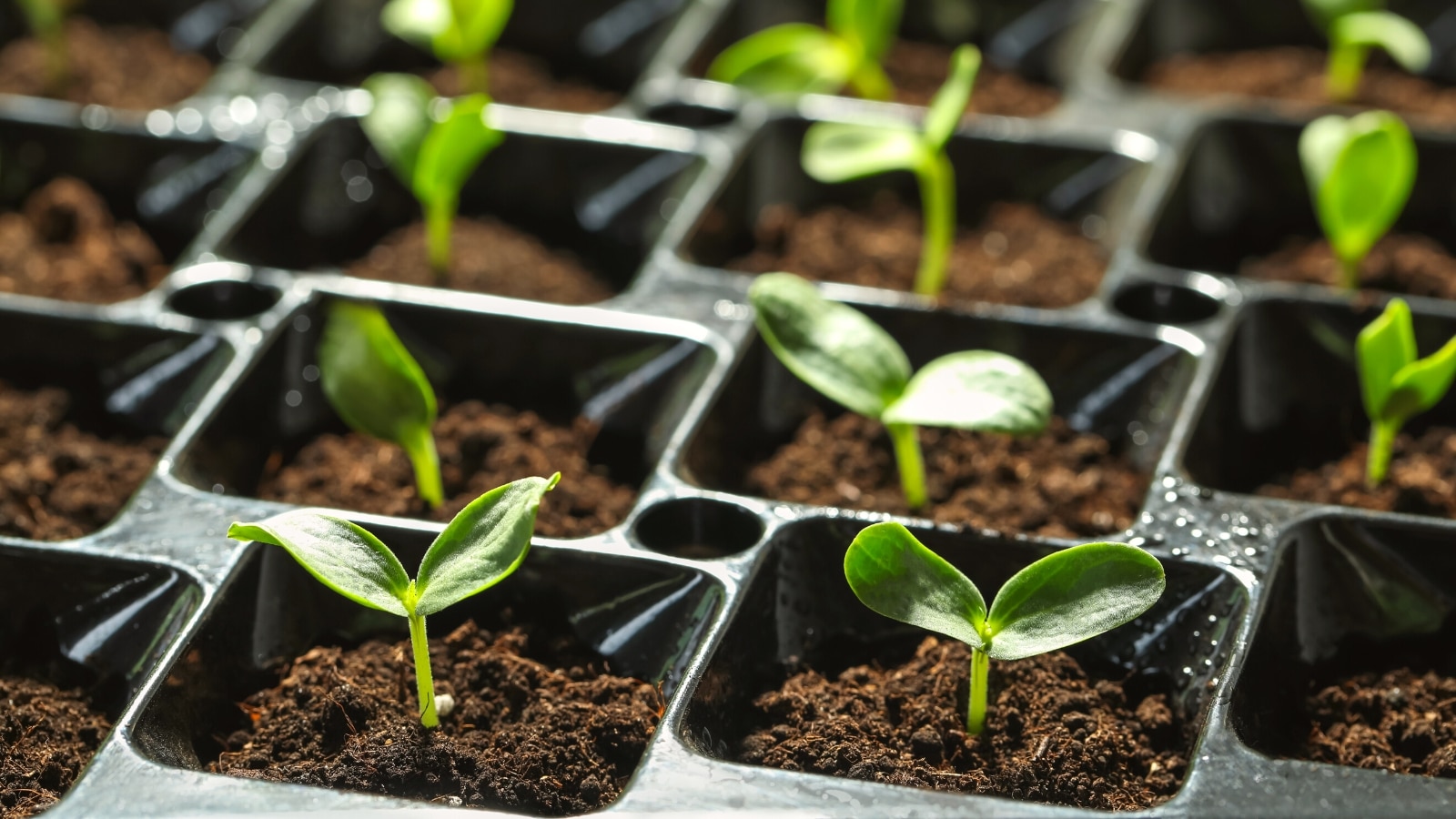
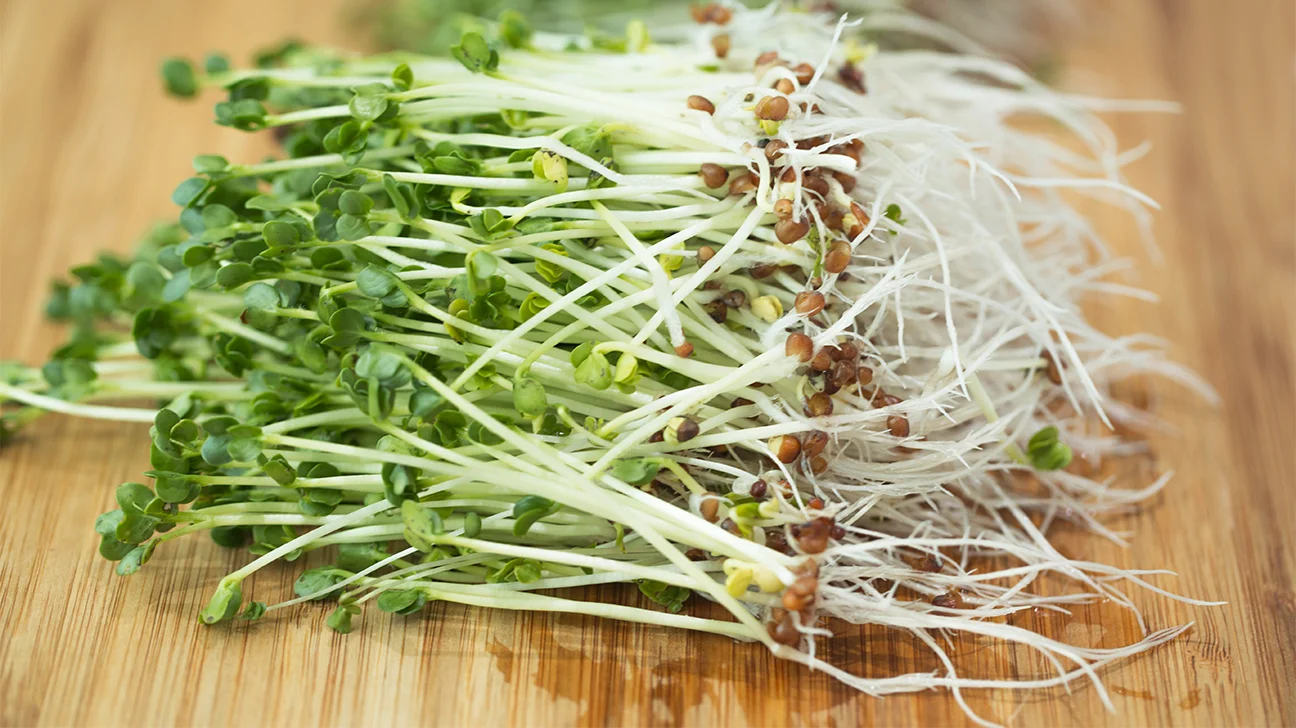
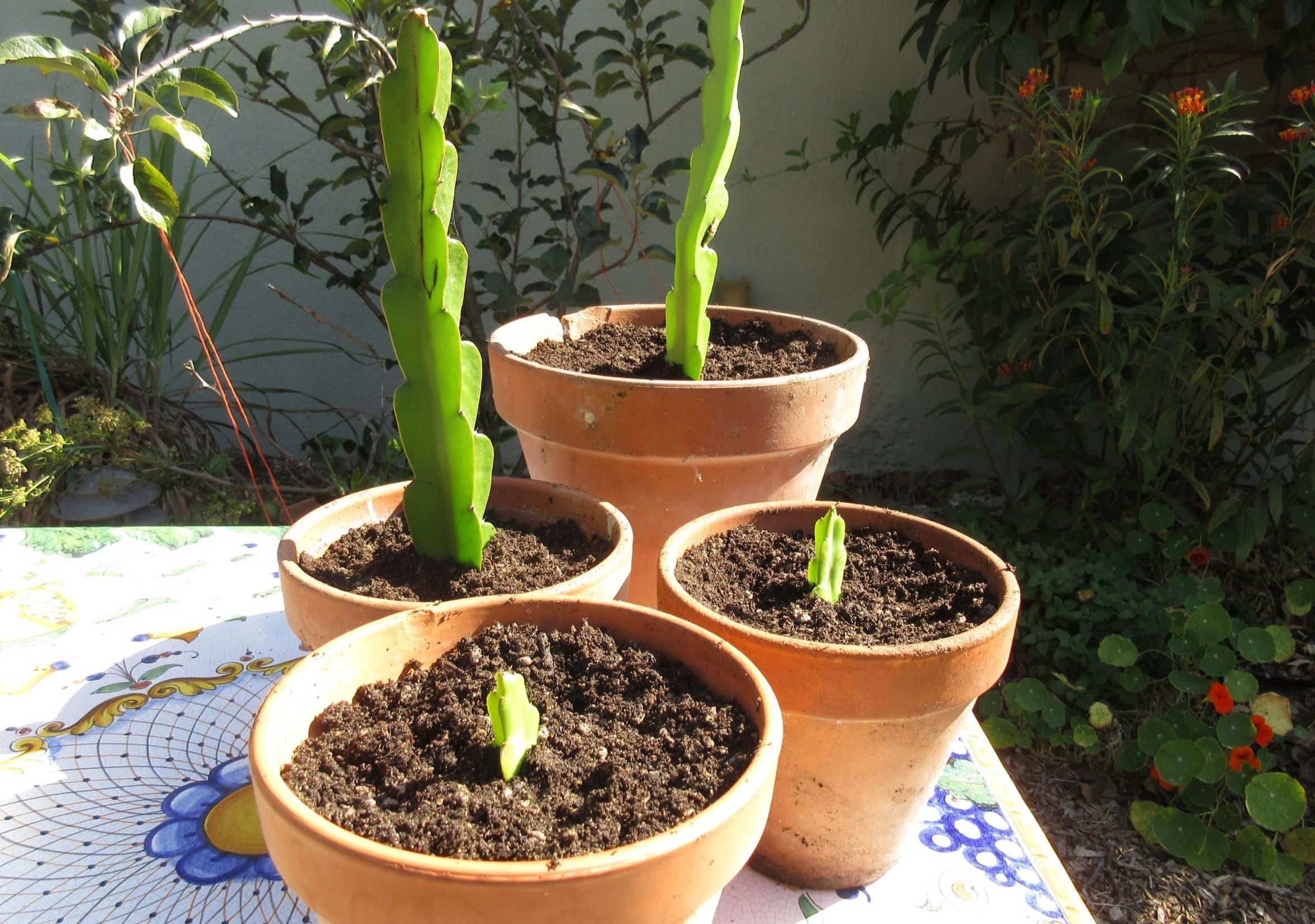
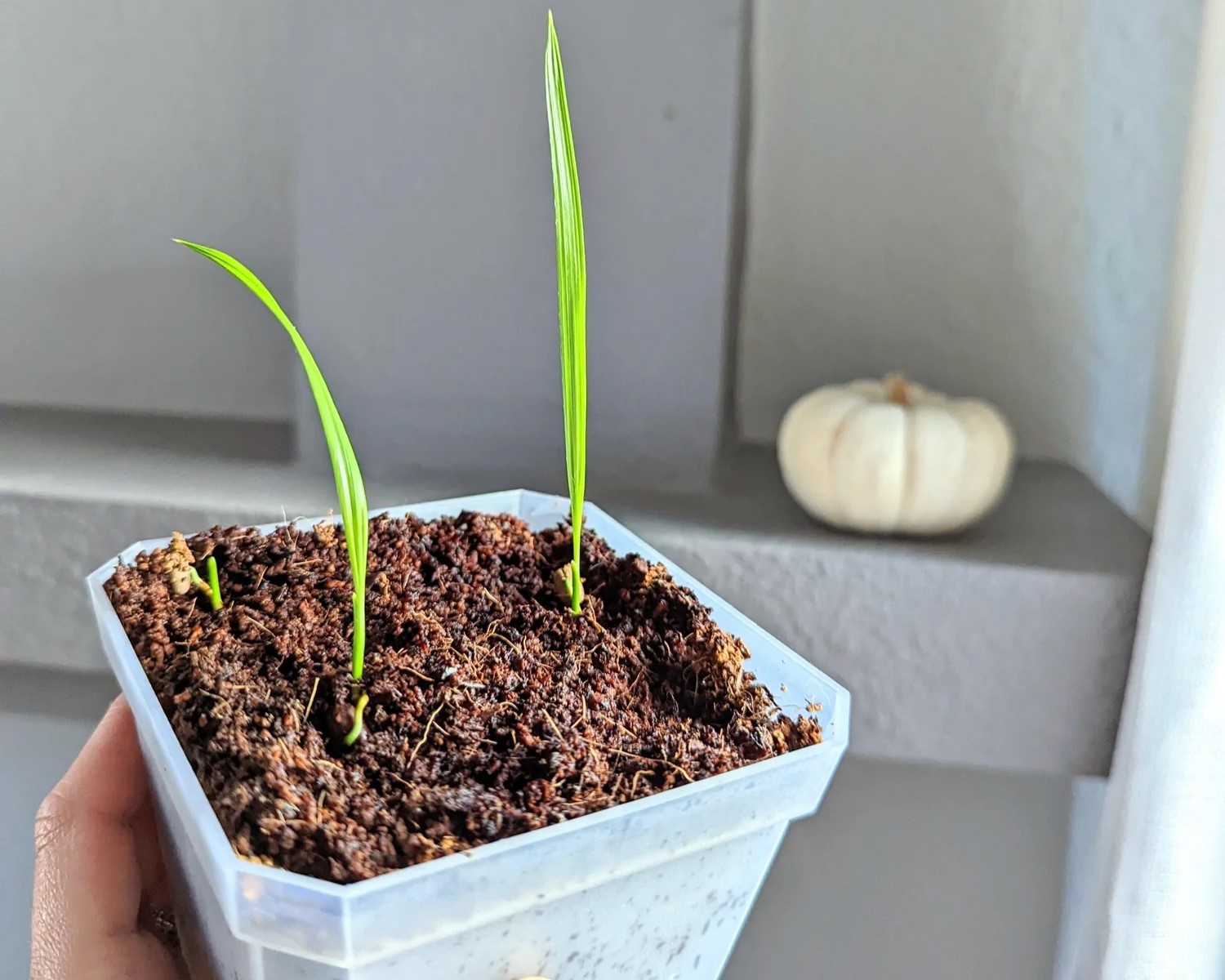
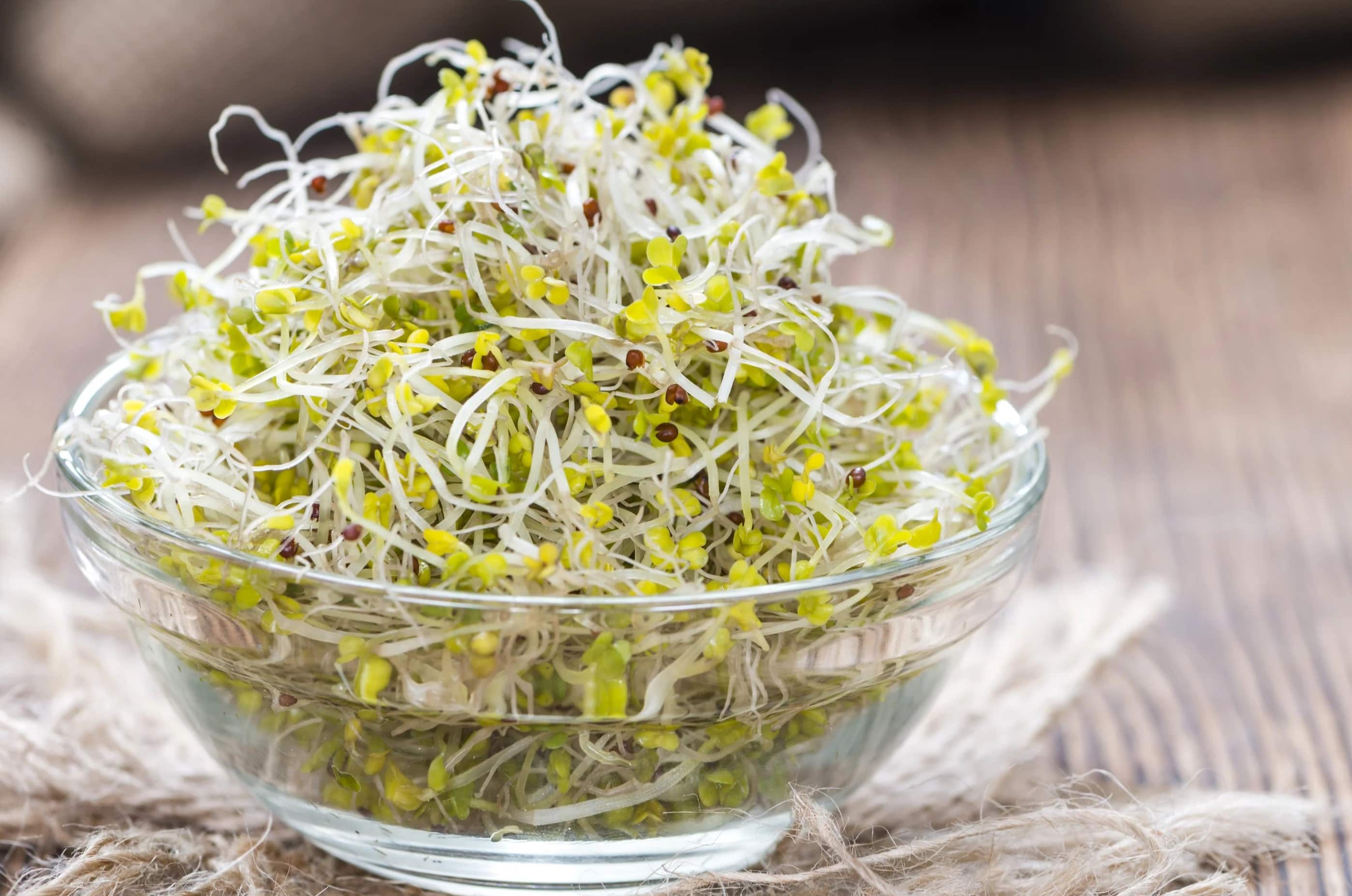
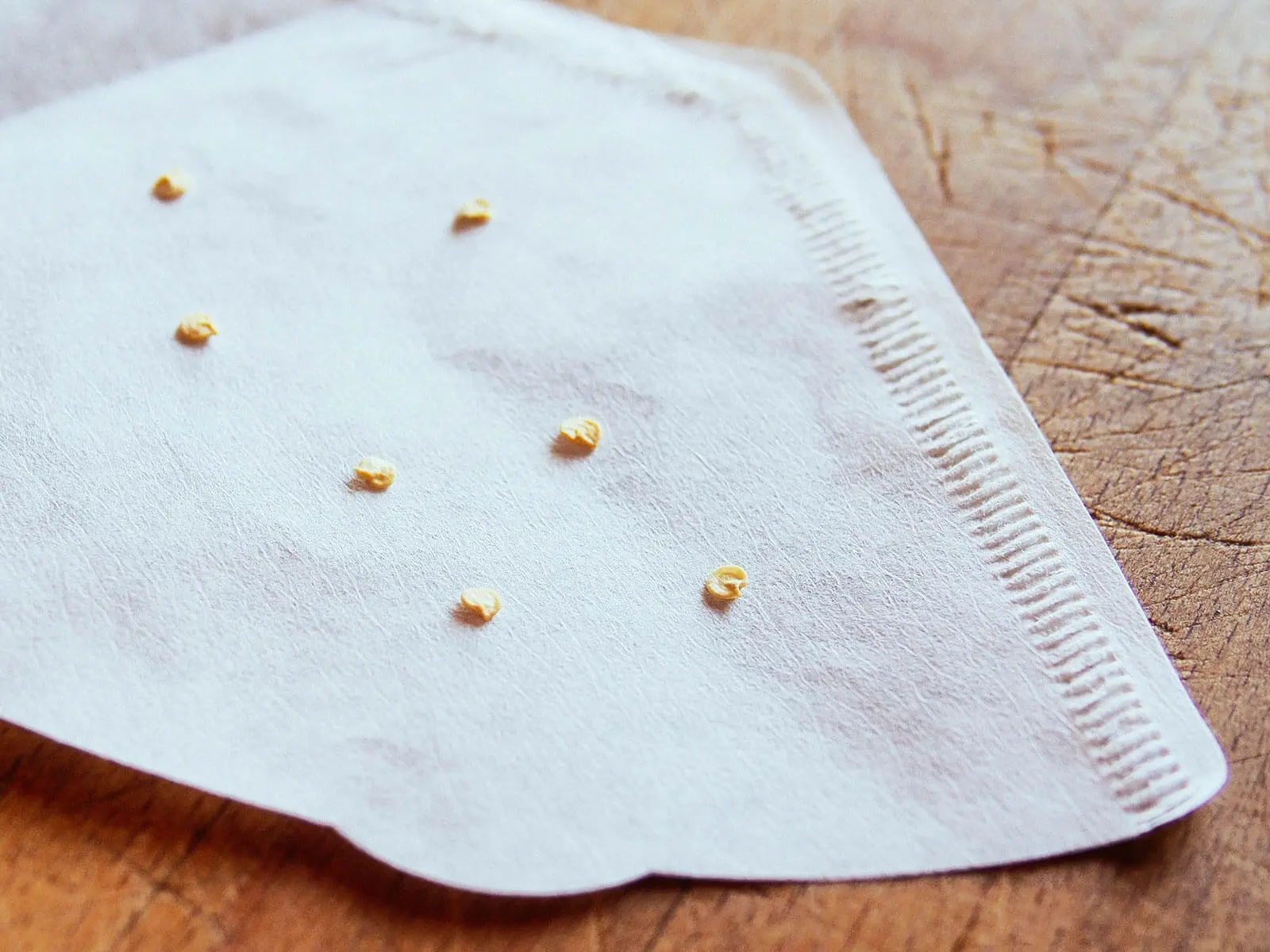

0 thoughts on “How Do Seeds Sprout”